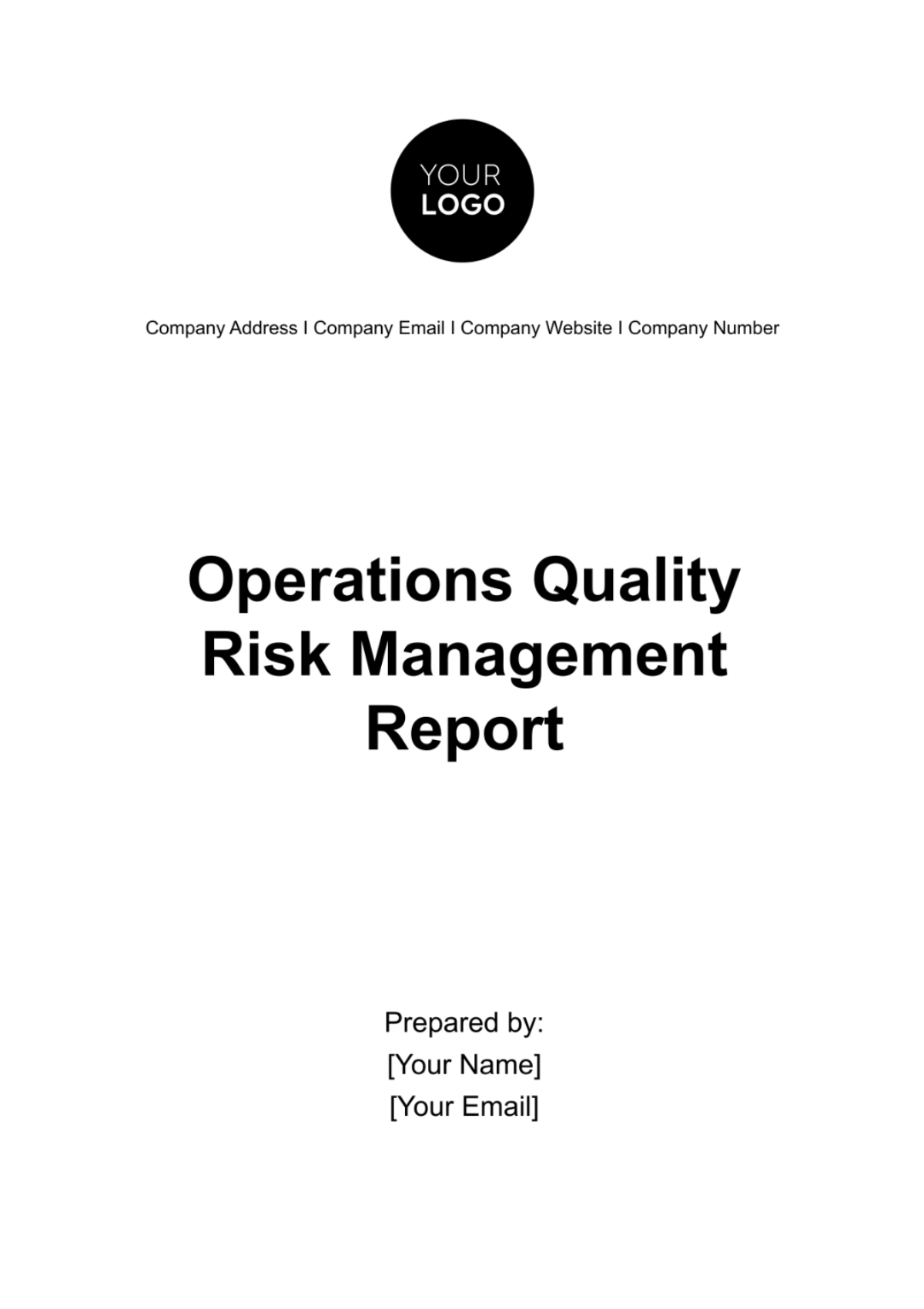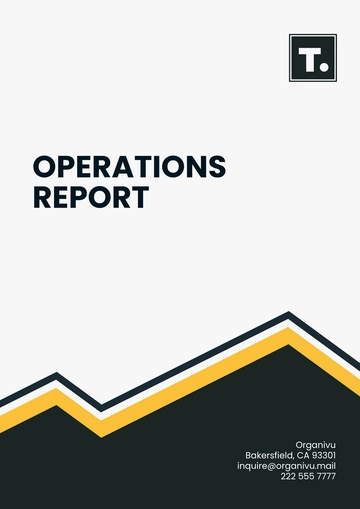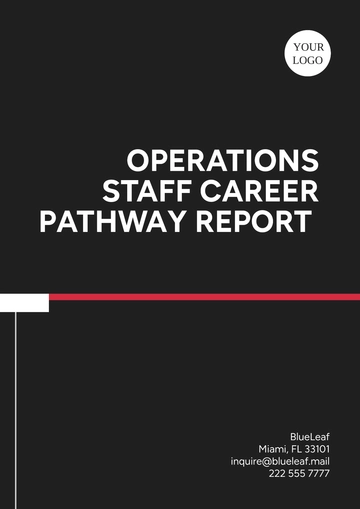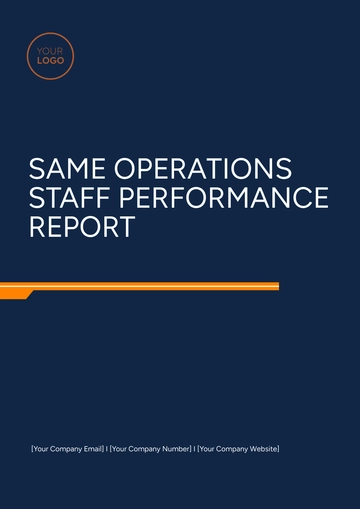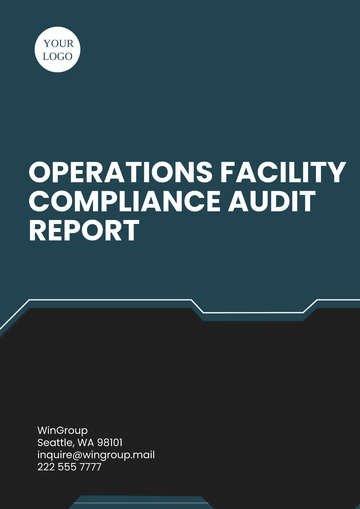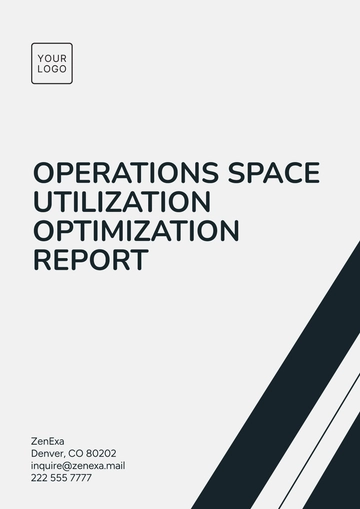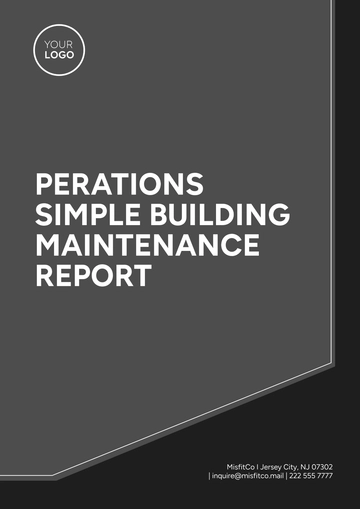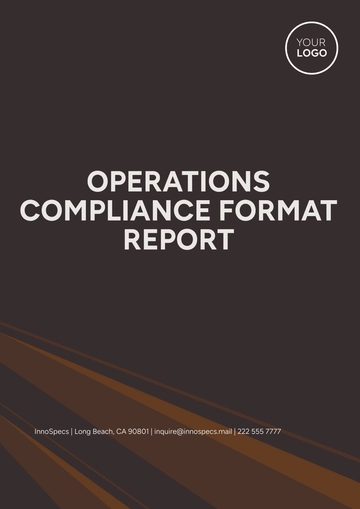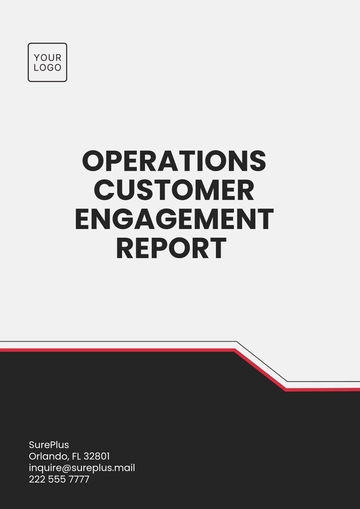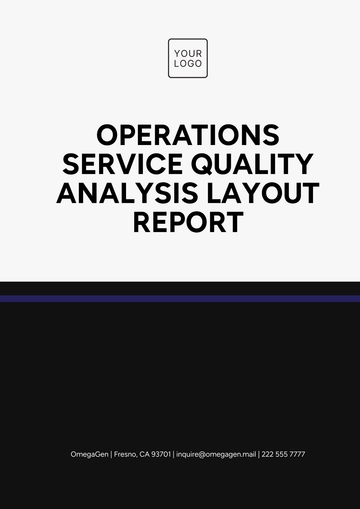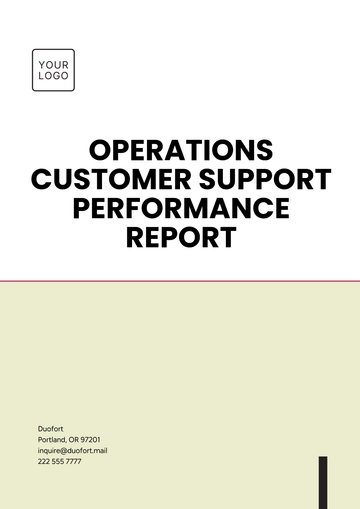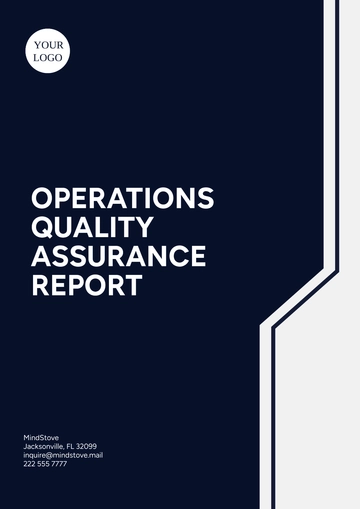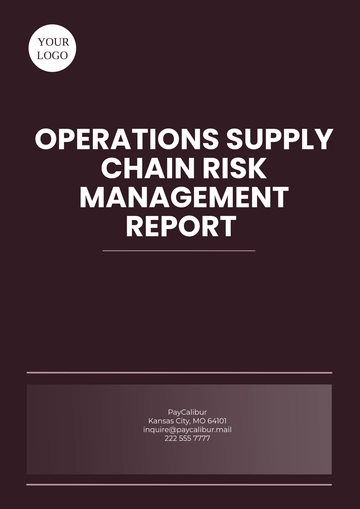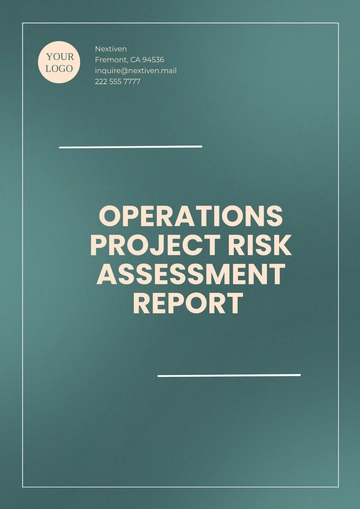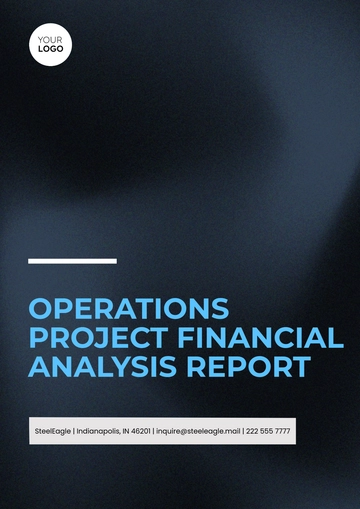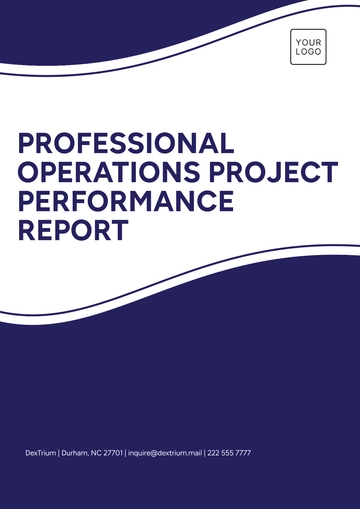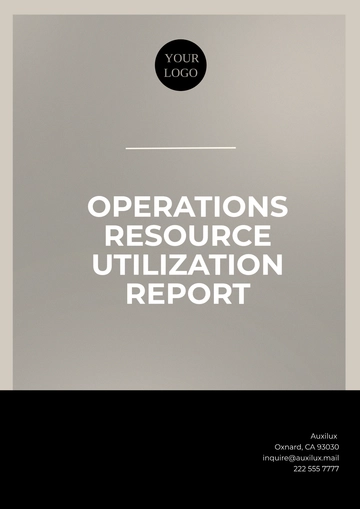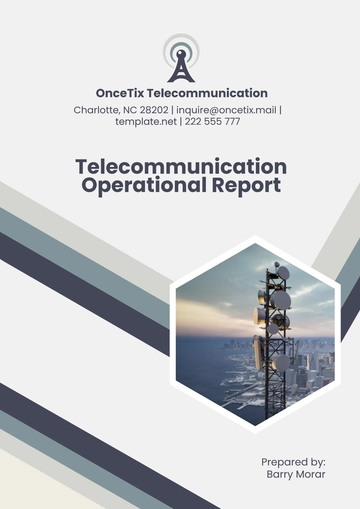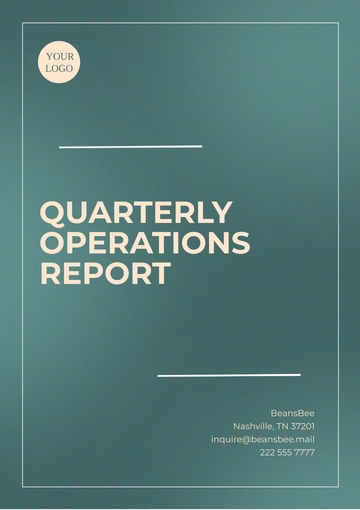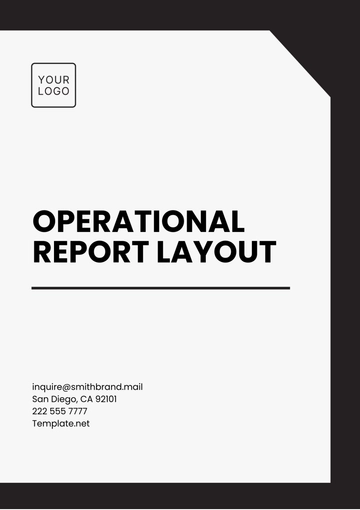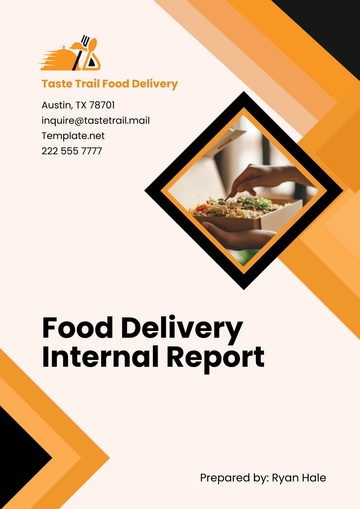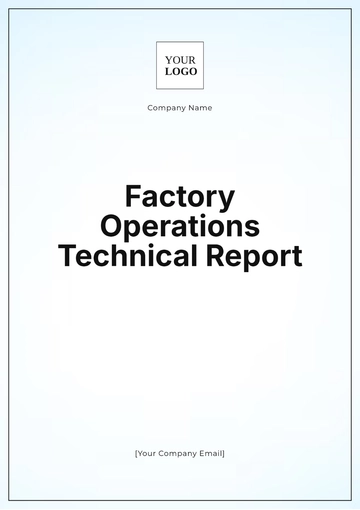Operations Quality Risk Management Report
[Your Company Name]
[Your Company Address]
I. Executive Summary
The Operations Quality Risk Management Report provides a summary of the quality risks in our operations and offers strategic solutions. It analyzes vulnerabilities such as product defects, process inefficiencies, and compliance issues, emphasizing proactive risk management to protect our reputation and customer satisfaction. The report identifies risk areas and suggests mitigation strategies to improve resilience and uphold our commitment to quality. This executive summary offers a concise overview of the detailed findings and recommendations, ensuring stakeholders understand the challenges and actions being taken.
II. Introduction
In today's business world, operational excellence and quality standards are crucial for success. This report's Introduction highlights the importance of quality risk management in our operations, emphasizing the need to identify, assess, and mitigate risks to protect customer satisfaction, brand reputation, and business performance. We aim to give stakeholders an overview of our quality risk management strategies, challenges, and proactive solutions, fostering a culture of excellence and resilience through continuous improvement.
III. Risk Identification
In this section, we conduct a thorough examination of potential risks to quality within our operational processes. By identifying and categorizing risks, we establish effective management strategies to address vulnerabilities like product defects and compliance issues, prioritizing efforts and allocating resources. The table below summarizes these risks, highlighting the challenges to maintain quality and operational excellence.
Risk Category | Identified Risks |
|---|
Product Defects | Manufacturing defects leading to product recalls |
| Inadequate quality control measures |
Process Inefficiencies | Bottlenecks in production processes |
| Lack of standardization in operational procedures |
Compliance Violations | Failure to adhere to regulatory requirements |
| Non-compliance with industry quality standards |
IV. Risk Assessment
In this section, we delve into a comprehensive evaluation of the likelihood and impact of the identified risks, utilizing a risk matrix approach. By quantifying the probability of occurrence and potential consequences of each risk, we gain valuable insights into their relative significance and prioritize our risk management efforts accordingly. Through this rigorous assessment process, we aim to pinpoint high-risk areas that require immediate attention and allocate resources effectively to mitigate potential threats to our quality standards and operational integrity. By leveraging a systematic approach to risk assessment, we empower our organization to make informed decisions and proactively manage quality risks, thereby enhancing our resilience and ensuring the continued delivery of high-quality products and services to our customers.
V. Risk Mitigation Strategies
In this section, we outline proactive strategies and action plans to mitigate the identified risks and enhance our quality management processes. We aim to safeguard our operations and reputation by reducing quality issues through targeted mitigation. The table below outlines strategies for each risk category, serving as a roadmap to enhance quality control, optimize processes, and ensure compliance.
Risk Category | Mitigation Strategies |
|---|
Product Defects | Enhance quality control measures through increased inspections and testing protocols |
| Implement employee training programs on quality assurance |
Process Inefficiencies | Conduct process optimization studies to identify and eliminate bottlenecks |
| Standardize operational procedures to improve efficiency |
Compliance Violations | Enhance regulatory compliance training for employees |
| Implement regular audits to ensure adherence to standards |
VI. Monitoring and Control
In this crucial section, we establish robust procedures for ongoing monitoring and control of quality risks and the effectiveness of our mitigation strategies. By defining key performance indicators (KPIs) and metrics such as defect rates, production cycle times, and compliance audit results, we enable real-time tracking of our progress and identification of emerging issues.
Key Performance Indicators (KPIs) | Metrics |
|---|
Defect Rates | 0.05 defects per unit produced |
Production Cycle Times | 4 hours |
Compliance Audit Results | 98% compliance with standards |
Regular audits, inspections, and reviews will give us timely feedback on our risk management effectiveness and spotlight areas needing attention. By staying proactive, we aim to quickly detect and address quality risks and deviations from standards.
VII. Reporting and Communication
Effective reporting and communication are essential for ensuring transparency, accountability, and alignment across the organization regarding quality risk management efforts. Regular communication channels, including reports, meetings, and presentations, will be utilized to disseminate quality risk-related information to relevant stakeholders, including management, employees, and regulatory authorities. These channels promote open dialogue and collaboration, fostering transparency and accountability for quality risk management, and building stakeholder trust in our commitment to high standards.
VIII. Training and Education
Investing in employee training is essential for improving awareness and competence in quality risk management. Customized programs will provide the knowledge and skills needed to identify, assess, and mitigate risks, covering topics like quality assurance, process improvement, and regulatory compliance. This ongoing education will foster a culture of continuous learning, empowering employees to manage risks and improve operations effectively.
IX. Continuous Improvement
Continuous improvement is a cornerstone of our approach to quality risk management, reflecting our commitment to learning, adaptation, and innovation. Feedback mechanisms will be implemented to gather insights from employees, customers, and other stakeholders on potential areas for improvement and optimization. We will systematically integrate lessons learned from past incidents and reviews into our risk management to prevent recurrence and enhance continuous improvement, ensuring our processes remain agile and aligned with organizational goals.
X. Conclusion
In conclusion, this Operations Quality Risk Management Report represents a comprehensive framework for identifying, assessing, and mitigating quality risks within our operational processes. By adopting proactive risk management and continuous improvement, we aim to protect our reputation, boost resilience, and deliver top-quality products and services. Utilizing this report's insights, we position ourselves for continued success. We remain committed to excellence and integrity in all operations.
Report Templates @ Template.net
